redbeardrelics
Hero Member
- Joined
- Jan 3, 2014
- Messages
- 891
- Reaction score
- 1,024
- Golden Thread
- 0
- Location
- Maryland's Eastern Shore
- Detector(s) used
- Garrett GTI 2500, (Ace 250 spare)
- Primary Interest:
- Other
I finally got to go out for a short hunt Saturday, first hunt for me since mid July, and it seemed more like three years than three months. None of the fields I usually walk are getting turned so far this year, so I just went out looking for bare ground where I could find it in unworked fields. The first site didn't have much bare ground showing but I ended up with the base half of a wide stemmed point #238, and the tip fragment of a dark chert serrated point #239.
The next field was in standing corn, with not much bare ground showing either. Grinder #86 looked like a nutting stone from where it lay, but the depression didn't show much sign of being worked, or usage, while the bottom side (the side showing in the photo) is obviously ground almost flat. The only two intact points I found are #87 and #91, both of which have "unfinished bases", with the cobble cortex remaining. These are probably the most common point types in most of the sites I hunt. I generally consider them Lamoka types, and assume they are roughly of the same age as the more northerly Lamoka's.. #90 is a quartzite biface that could be a completed tool of some sort, but with the thick hinge, (which shows near the base in the photo) I suspect it is more likely a rejected preform. Thanks for lookin and HH.
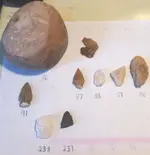
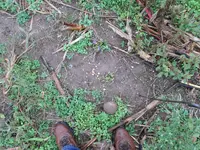
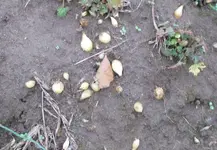
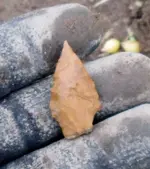
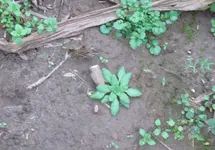
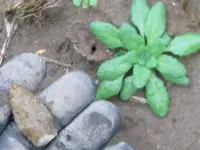
The next field was in standing corn, with not much bare ground showing either. Grinder #86 looked like a nutting stone from where it lay, but the depression didn't show much sign of being worked, or usage, while the bottom side (the side showing in the photo) is obviously ground almost flat. The only two intact points I found are #87 and #91, both of which have "unfinished bases", with the cobble cortex remaining. These are probably the most common point types in most of the sites I hunt. I generally consider them Lamoka types, and assume they are roughly of the same age as the more northerly Lamoka's.. #90 is a quartzite biface that could be a completed tool of some sort, but with the thick hinge, (which shows near the base in the photo) I suspect it is more likely a rejected preform. Thanks for lookin and HH.






Amazon Forum Fav 👍
Upvote
0




